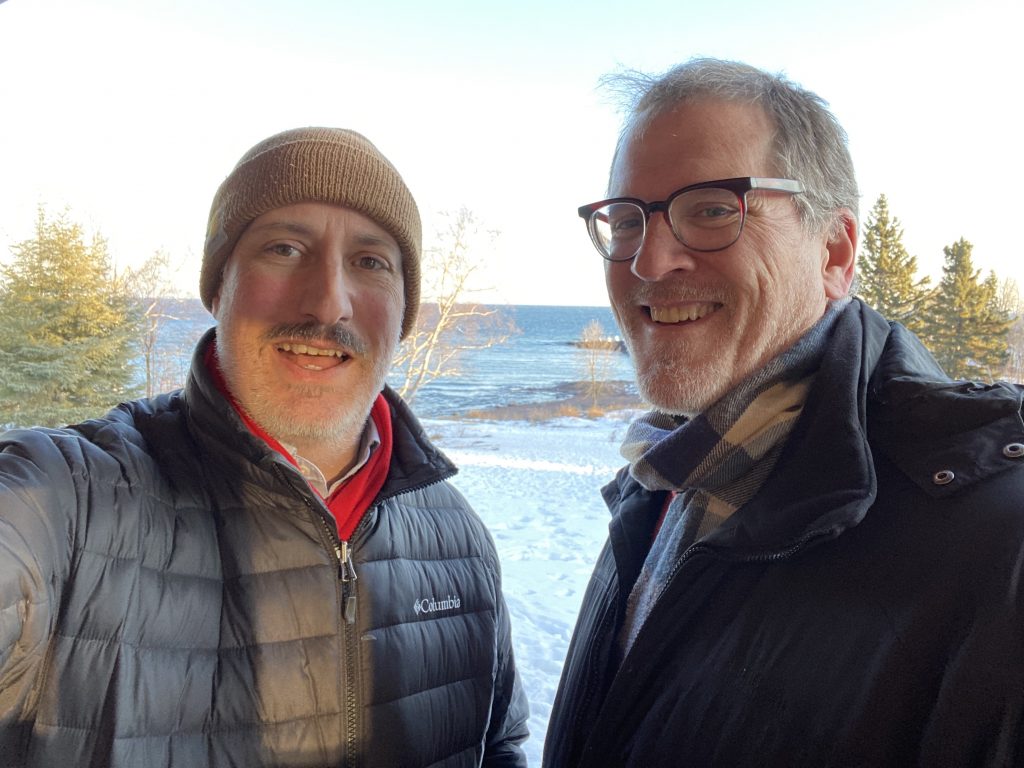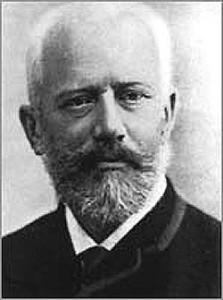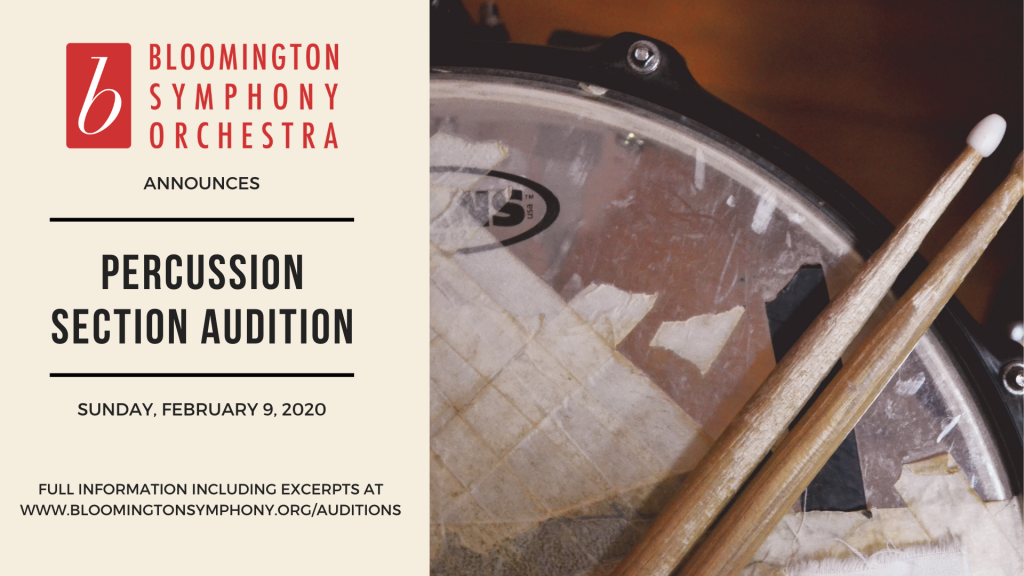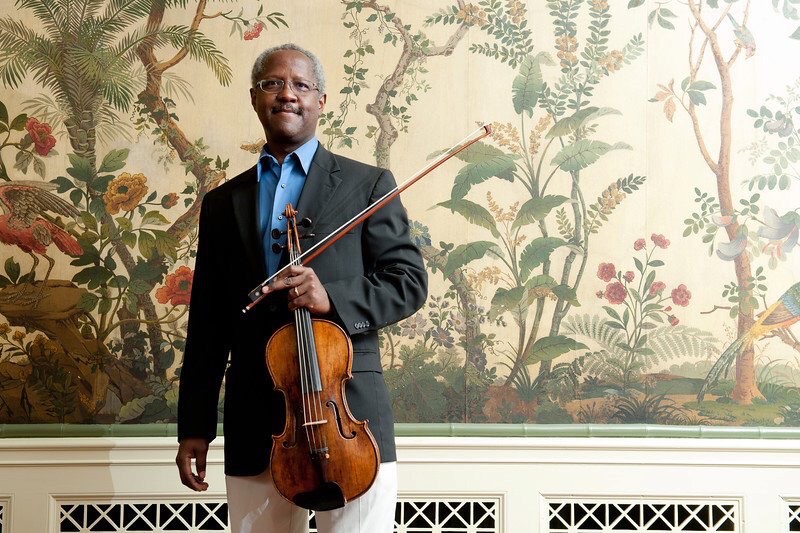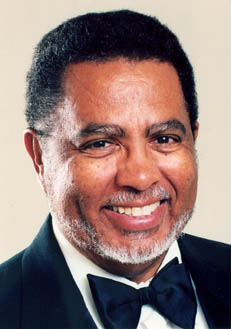The BSO’s Board of Directors is following the recommendations from the Minnesota Department of Health, and cancelling the April 5 concert and related rehearsals. Our Annual Meeting, which was scheduled for Sunday, March 15, is also cancelled.
We are devastated to make this decision since Manny Laureano and our musicians have already put in a great deal of time and effort in preparation. However, the health and safety of our audiences and musicians is at the forefront of our minds, as we make decisions in this unprecedented time.
If you ordered tickets to this concert, please keep an eye on your email. The Masonic Heritage Center will send a message and touch base with patrons to discuss ticket refunds on Tuesday, March 17.
Please address any other questions to our board via our email address: info@bloomingtonsymphony.org.

